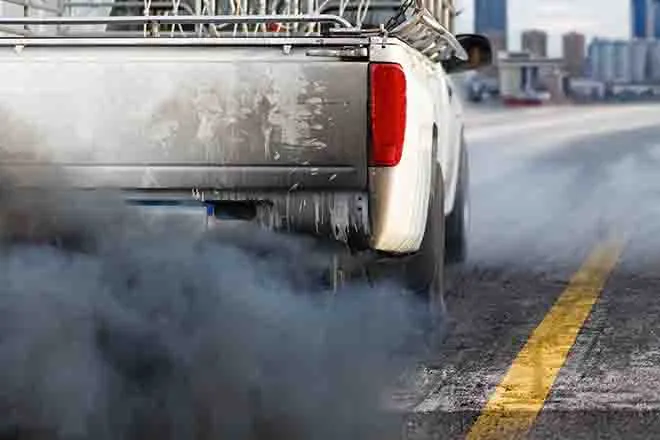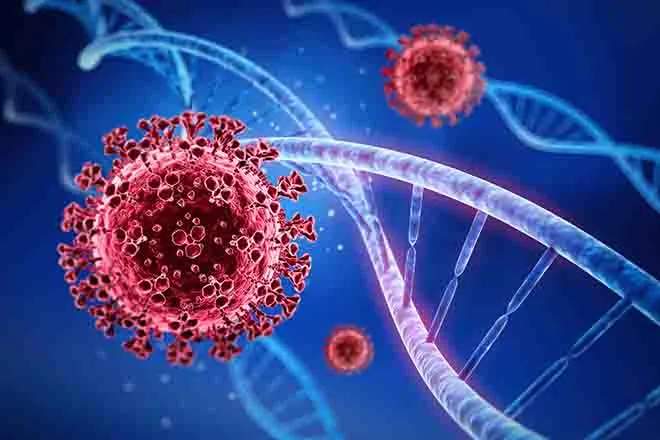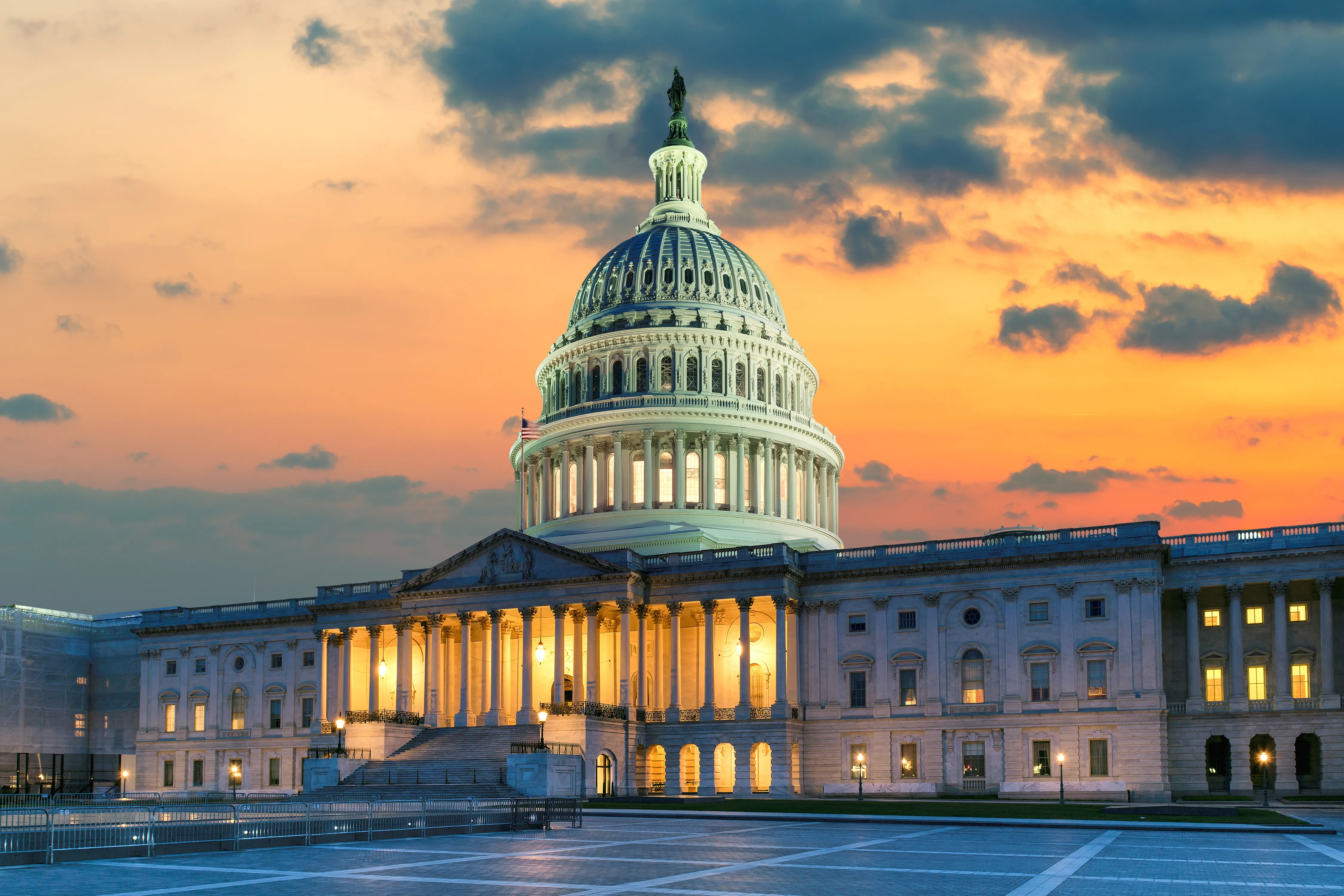
Study links pandemic with uptick in pediatric trauma cases
(Minnesota News Connection) Medical researchers are out with new findings, which underscore how some communities saw more devastating effects of the COVID-19 pandemic. The new study focuses on pediatric trauma cases, and a Minnesota doctor said it mirrors what he is seeing.
The data, posted by the American College of Surgeons, showed childhood trauma rates increased during the pandemic and were disproportionately higher for kids in disadvantaged areas. For example, gunshot wounds for young patients in those communities were nearly 3 percent higher, and car crash injuries were 5 percent higher.
Dr. Andrew Kiragu at the Children's Minnesota health system said the results are not surprising.
"It is in line with, unfortunately, what we've been seeing: an increase in the number of children with injuries," Kiragu reported. "Particularly, of course, we are concerned about firearm-related injuries."
The report's authors pointed out the initial findings do not get to the bottom of what role the pandemic might have played, and argued more research is needed. But they said it is fair to question whether factors such as the loss of a caregiver, lack of child care options for front line workers and erratic social behavior were at play. They emphasized it creates more urgency for preventive efforts by health care institutions and policymakers.
Kiragu agreed addressing this problem should be a multipronged approach.
"Whether it's through after-school programs, and violence interrupter programs," Kiragu outlined. "Then of course within the hospitals that care for these kids; hospital-based violence injury prevention programs."
He suggested it is worth exploring school crossing zones in these areas and whether more safety implements are needed. For the broader population, the researchers say motor vehicle-related injuries increased among pediatric cases from nearly 13 percent pre-pandemic to more than 18 percent later in the crisis. Gunshot wounds increased by nearly one percentage point.
















